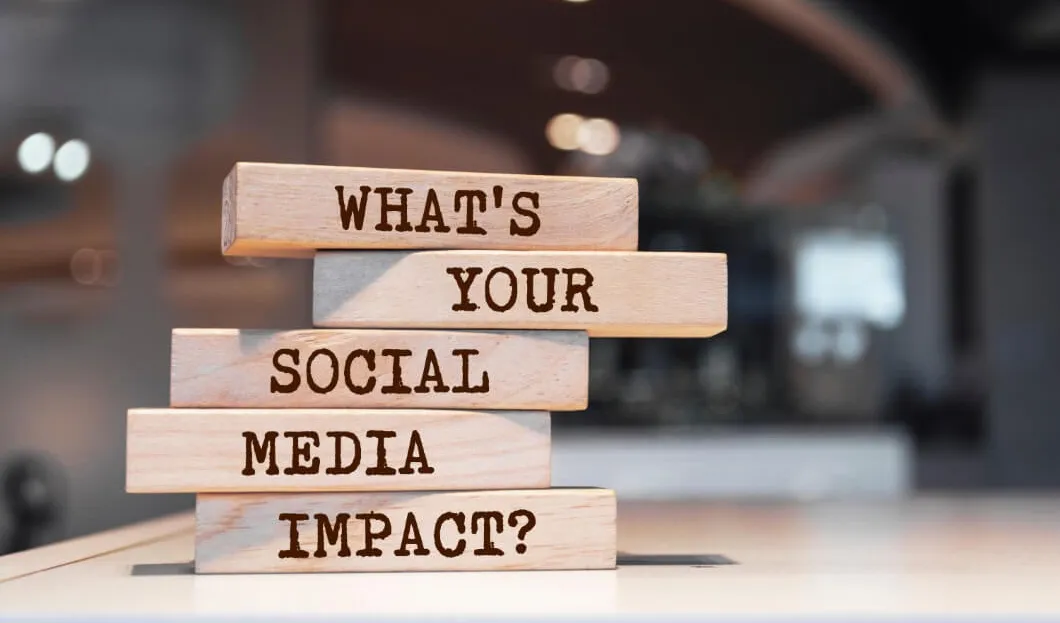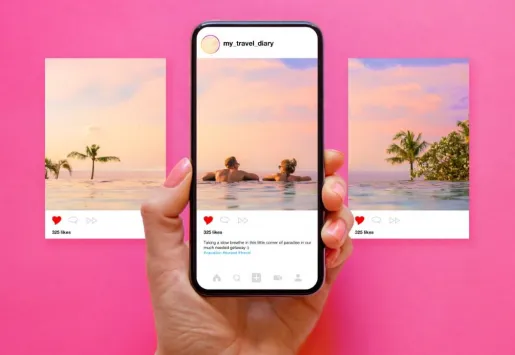
Social media has allowed people to share their travel experiences, but now it also provides tips on avoiding tourist traps.
Social media has been widely recognized for boosting tourism in several ways. It has enabled travelers to discover new destinations and find restaurants or clubs that are not part of traditional tourist routes.
Unfortunately, tourism's negative impact has increased in recent times. Reports of vandalism and destruction at historical monuments like the Colosseum are concerning. Experts in tourism sociology suggest that social media platforms such as Instagram and TikTok may contribute to this behavior. Many tourists seem to disregard the significance of these sites and engage in disrespectful behavior, which is truly disappointing.
During their vacations, many people, mainly those highly active on social media, engage in attention-grabbing and flamboyant behavior due to the perceived window dressing of the increasingly indulgent tourist experience. This behavior is often documented through photos and videos on social media, which can spark a chain reaction of impoliteness and disrespect. Unfortunately, this trend can become unsustainable as tourists, who may be staying in secluded hotels and resorts far from the local community, mistakenly believe that traveling to distant destinations means they can misbehave without consequences. They underestimate or disregard the impact their actions can have on the local community or the economy.
Posting geotagged photos and videos of far-off places on social media can inspire others to imitate and even surpass the original content regarding spectacle and impact, often disregarding rules. To avoid bad tourism practices, several European tourism boards are running campaigns to attract courteous and respectful tourists to counter this.














